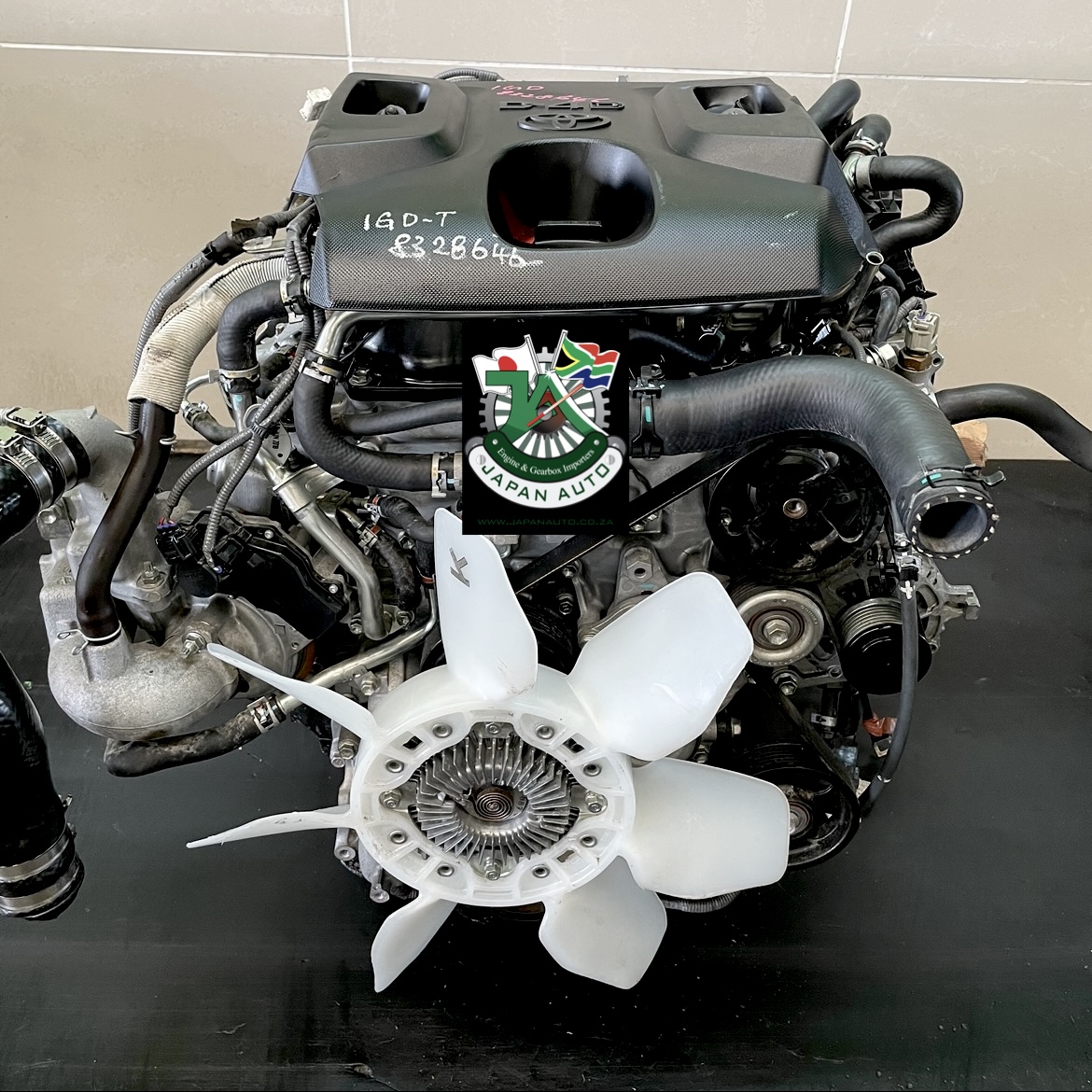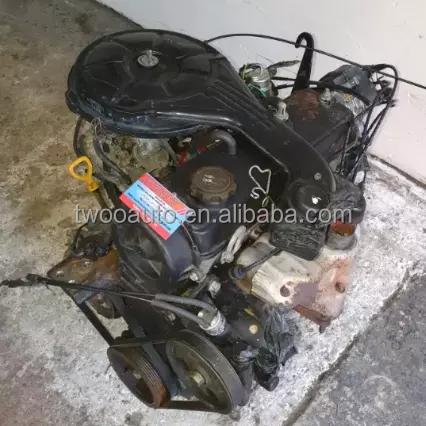Toyota Tazz: A Reliable and Affordable Compact Car for Everyday Use
Toyota Tazz: A Reliable and Affordable Compact Car for Everyday Use
Blog Article
Discover the current Fads in Engine Technology Via Tazz
In the swiftly evolving landscape of automobile innovation, Tazz stands at the leading edge, highlighting substantial innovations in engine systems that focus on both technology and sustainability. From crossbreed engines that maximize fuel performance to the introduction of hydrogen gas cells, the fads shaping modern-day powertrains are not only improving efficiency but additionally addressing vital ecological obstacles.
Hybrid Engine Innovations
Crossbreed engine technologies stand for a critical shift in auto modern technology, incorporating the advantages of internal combustion engines with electric propulsion systems. This assimilation not only boosts fuel effectiveness however additionally reduces emissions, conference significantly rigid ecological laws. By utilizing both power sources, hybrid engines can optimize efficiency, supplying power when needed while preserving gas throughout less demanding motoring conditions.
Recent developments in crossbreed innovation include enhancements in battery efficiency and regenerative braking systems. These innovations permit greater energy recovery throughout slowdown, which can be rerouted to help in acceleration or power auxiliary systems. Suppliers are concentrating on compact styles and light-weight materials to make the most of the efficiency of hybrid powertrains.
The development of plug-in crossbreeds has additionally broadened the marketplace, enabling chauffeurs to bill their automobiles making use of standard electric outlets. This feature often enables significant all-electric range, additional lowering dependancy on traditional fuels. tazz. As the vehicle sector proceeds to evolve, hybrid engine technologies are anticipated to play a crucial duty in connecting the space between conventional vehicles and totally electrical models, giving a transitional option that provides to varied customer needs and preferences
Advances in Electric Powertrains
The automotive landscape is rapidly evolving, with electrical powertrains arising as a leading pressure in sustainable transportation. Advancements in electrical car (EV) technology are substantially enhancing customer, effectiveness, and efficiency experience. Trick innovations consist of enhancements in battery chemistry, which have actually raised power thickness, reduced charging times, and expanded general battery life.
Solid-state batteries, for example, guarantee to reinvent the marketplace by giving higher safety and performance compared to conventional lithium-ion cells. Innovations in regenerative stopping systems are allowing automobiles to recuperate power during slowdown, adding to overall performance.
Along with battery technology, electrical motor designs are becoming a lot more advanced. Innovations such as incorporated electric motors and advanced thermal administration systems are aiding to optimize power shipment and lower weight, ultimately boosting automobile characteristics.

Collectively, these developments highlight the dedication to transition towards cleaner, a lot more efficient transport services, placing electrical powertrains at the leading edge of automotive innovation.
The Surge of Hydrogen Fuel Cells
Progressively, hydrogen gas cells are acquiring traction as a feasible option to traditional interior combustion engines and battery electric automobiles. This technology uses the chemical power stored in hydrogen, converting it into power with an electrochemical response with oxygen. The key by-product of this process is water, making hydrogen gas cells an eco-friendly option with zero exhausts at the tailpipe.

Automakers are increasingly purchasing hydrogen fuel cell innovation, recognizing its potential for long-range applications and rapid refueling abilities that rival traditional fuels. Additionally, industries such as durable transportation and public transit are specifically fit for hydrogen fuel my blog cells, where battery electric remedies might drop short because of weight and range restrictions.
As research study and financial investment remain to broaden, hydrogen gas cells are poised to play a considerable role in the future landscape of tidy transportation and energy remedies.
Enhancements in Internal Burning Engines
Developments in internal burning engine (ICE) technology are changing conventional lorries to meet modern-day ecological standards and efficiency assumptions. One of one of the most considerable improvements includes the assimilation of innovative gas shot systems. These systems enhance the air-fuel blend, boosting combustion effectiveness and leading to lowered exhausts. Straight gas injection, for example, permits better atomization of fuel, causing more total combustion and improved power result.
In addition, get redirected here turbocharging has actually obtained prominence, allowing smaller sized engines to supply greater efficiency without the weight of bigger engines - tazz. This modern technology not just improves efficiency yet also adds to decrease gas intake. Variable shutoff timing systems are likewise being fine-tuned, allowing engines to adapt to various driving conditions for improved torque and responsiveness
In addition, using light-weight products in engine building and construction is becoming typical, further enhancing fuel efficiency by reducing overall lorry weight. Engine control systems (ECUs) are progressively sophisticated, allowing real-time modifications that optimize efficiency and emissions.
These enhancements jointly indicate a critical shift in ICE innovation, lining up with worldwide sustainability objectives while still providing the efficiency drivers get out of their lorries. As the market evolves, these renovations remain to form the future of conventional auto engineering.
Future Fads in Engine Efficiency
Substantial developments in engine efficiency are expected as makers concentrate on incorporating sophisticated technologies to satisfy rigorous ecological policies and consumer demands. The change towards electrification, hybrid systems, and alternative gas is reshaping the auto landscape, driving developments that enhance fuel economic situation and lower exhausts.
One of the vital fads is the application of sophisticated materials and making techniques. High-strength alloys and lightweight composites add to lowered vehicle weight, hence boosting general performance. Additionally, the fostering of turbocharging and variable valve timing technologies enables for improved power result from smaller engines, additionally enhancing gas economic climate.

Final Thought
Finally, the expedition of engine modern technology exposes significant innovations that focus on sustainability and performance. Technologies in crossbreed engine systems, electric powertrains, and hydrogen fuel cells demonstrate a dedication to reducing exhausts while enhancing performance. Furthermore, enhancements in interior combustion engines and a focus on lightweight materials add to overall engine efficiency. As the automotive site web industry proceeds to evolve, these trends will play an essential duty in forming a cleaner and more lasting future for transportation.
From crossbreed engines that enhance gas efficiency to the development of hydrogen gas cells, the patterns forming contemporary powertrains are not only improving efficiency yet also addressing critical ecological challenges.Crossbreed engine innovations represent a critical shift in automobile technology, combining the benefits of inner burning engines with electric propulsion systems.Additionally, turbocharging has obtained importance, allowing smaller sized engines to provide greater efficiency without the weight of larger engines. Additionally, the fostering of turbocharging and variable shutoff timing technologies enables for enhanced power output from smaller sized engines, additionally boosting gas economic climate.
Enhancements in inner combustion engines and a focus on light-weight materials add to total engine performance.
Report this page